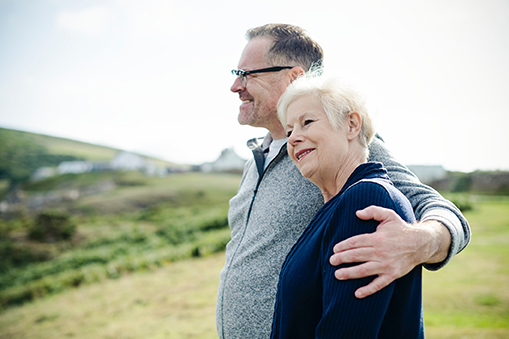Without doubt superannuation is the most long-term tax effective vehicle for accumulating wealth. For many people it is also their only form of savings outside of their family home.
We’ve also heard time and time again about Australians’ love affair with investing in property. More commonly this is leading to people establishing a self-managed superannuation fund so that they can buy that investment property they have wanted for so long. Often this makes perfect sense and whether or not borrowings are involved it can prove to be an effective way of growing your retirement wealth.
However, an SMSF predominantly invested in direct property can expect to run into problems in retirement once you start living off your super in the form of an account based pension. This is because the property may only be providing a rental return of 4% p.a. which might not be enough to meet your annual pension obligation. Bear in mind the amount you need to pay out as a percentage of the fund increases as you get older and if you fail to meet this obligation you lose your tax exemption:
| Age | Minimum pension payment |
| Under 65 | 4% |
| 65 – 74 | 5% |
| 75 – 79 | 6% |
| 80 – 84 | 7% |
| 85 – 89 | 9% |
| 90 – 94 | 11% |
| 95 + | 14% |
Often, the only practical solution in this case will be to sell the property which you may really not want to do. But it could get worse if you don’t take enough care. Let’s say in June you realise that there isn’t enough cash available to meet your minimum pension payment.
According to the ATO, they would deem your pension not to have existed for the entire financial year, so all that rental income you received throughout the year becomes taxable at a rate of 15%. If you then go on to sell the property whilst a pension doesn’t exist you will also incur capital gains tax, which could be considerable if you have held the property for a long period of time.
Of course there are a number of ways to ensure that this doesn’t happen to you but fundamentally it comes down to thorough planning.

